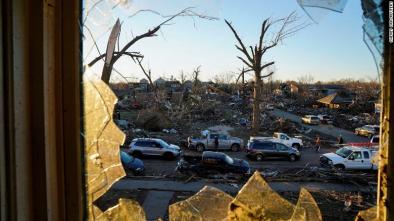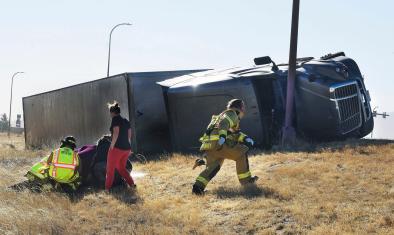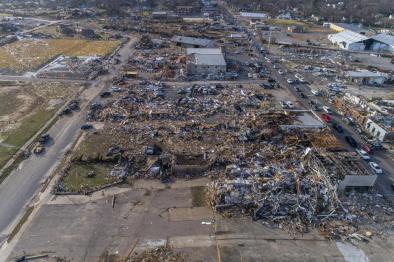Annual and seasonal tornado trends in the contiguous United States and its regions
Study key findings & significance
- The study provides evidence that tornado activity is increasing in the fall
Abstract
Previous studies provide evidence of possible changes to the climatology of tornadoes in the United States. These include a decrease in the number of tornado days per year, but an increase in the number of days per year with a large number of tornadoes; an increase in the mean number of tornadoes per tornado day; a spatial shift in tornado activity, generally towards the Southeast United States. Most of these studies, however, tend to examine trends at the annual (or spring) and contiguous United States scales. Using tornado data over the period 1954–2016, this study analyses various tornado metrics to determine whether trends are consistent throughout the year and across the United States. Trends are assessed with the Mann–Kendall test and their slopes with the Theil–Sen estimator. The annual analyses indicate that the number of tornadoes per year declined in the West, North Great Plains, South Great Plains, and Midwest regions, but increased in the Southeast. The decreasing/increasing tendencies in the South Great Plains/Southeast led to a reversal of the most active region – the South Great Plains had the greatest median tornado frequency early in the study period whereas the Southeast had the greatest in the middle and late periods. Annual analyses also indicate that the previously reported decline in the number of tornado days per year and the increase in the mean number of tornadoes per tornado day per year are generally present across the United States. Seasonal analyses suggest that the proportion of tornadoes occurring in the contiguous United States in summer is decreasing whereas the proportion occurring in fall is increasing. This is especially apparent in the Southeast.
Related Content






